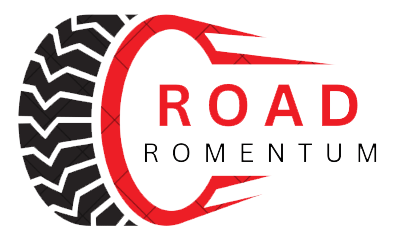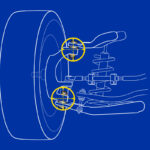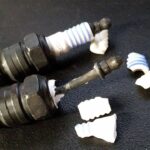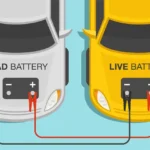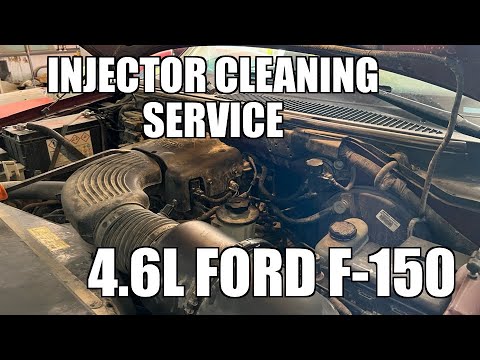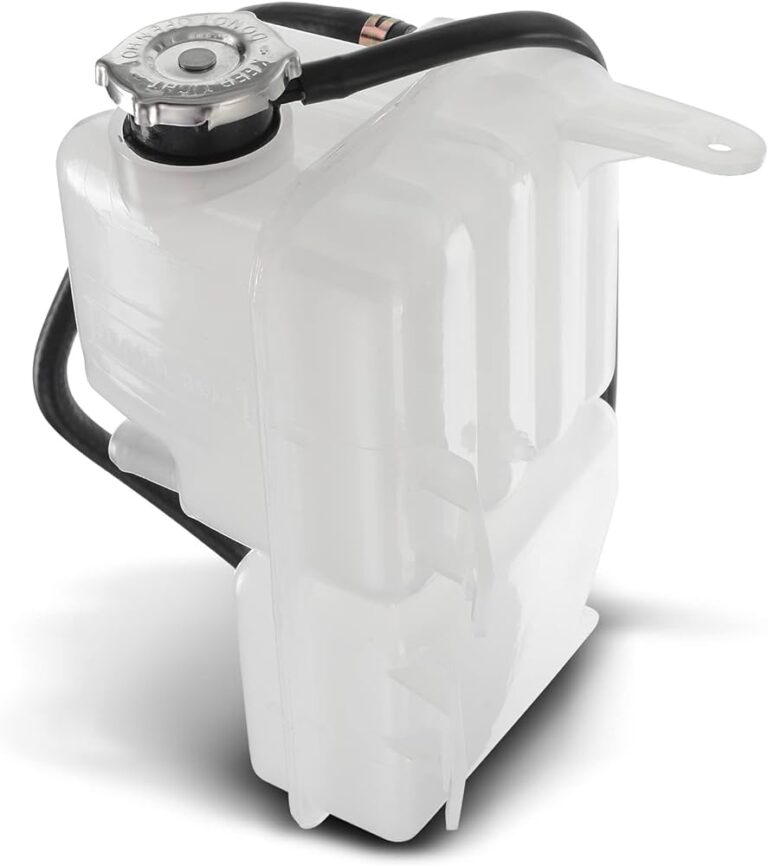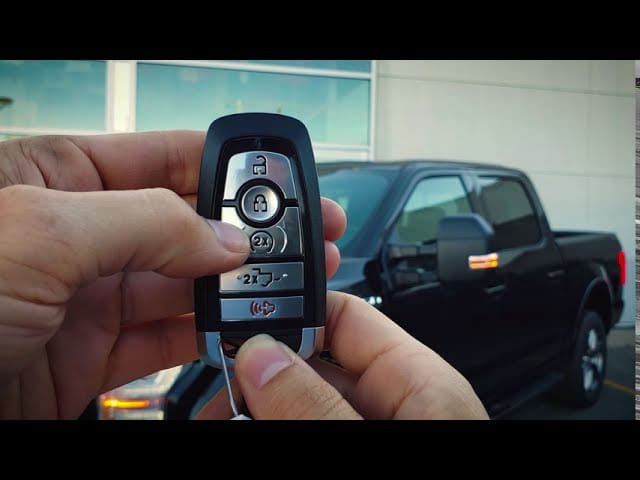Reset Transmission Control Module For Ford F150
The Transmission Control Module (TCM) in your Ford F-150 is like the brain of your truck’s transmission. It learns how you drive and adjusts shifts to match. Sometimes, this “brain” needs a fresh start. Resetting your Ford F-150’s Transmission Control Module (TCM) means clearing its learned memory, allowing it to “relearn” your driving style for smoother, more efficient shifting.
Understanding how your F-150’s transmission works and how to properly reset its TCM can save you headaches and improve your truck’s performance. We’re here to break down this technical topic into simple, easy-to-follow steps, just like talking to a trusted mechanic.
In this guide, you’ll discover why a TCM reset might be needed, the different ways you can do it, and what to expect afterward. Get ready to give your F-150 a fresh start and enjoy a smoother ride!

Key Takeaways
- Resetting your F-150’s TCM clears its adaptive learning memory, which can fix rough or inconsistent shifting.
- You can often reset the TCM yourself using simple methods like a battery disconnect or a specialized scan tool like FORScan.
- After a reset, your truck will go through an “adaptive learning drive cycle” to relearn your driving habits.
- This relearning process involves various driving conditions and takes time, sometimes several hundred miles, to complete fully.
- While DIY methods are possible for many F-150 models, some complex issues or specific older models might require a dealer’s advanced diagnostic tools.
- A TCM reset is generally safe and can significantly improve your F-150’s transmission performance if done correctly.
What is a Transmission Control Module (TCM) Anyway?
Your Ford F-150 is a smart truck, and a big part of that smarts comes from its various computer modules. One of the most important is the Transmission Control Module, or TCM. Think of it as the brain that tells your transmission what to do.
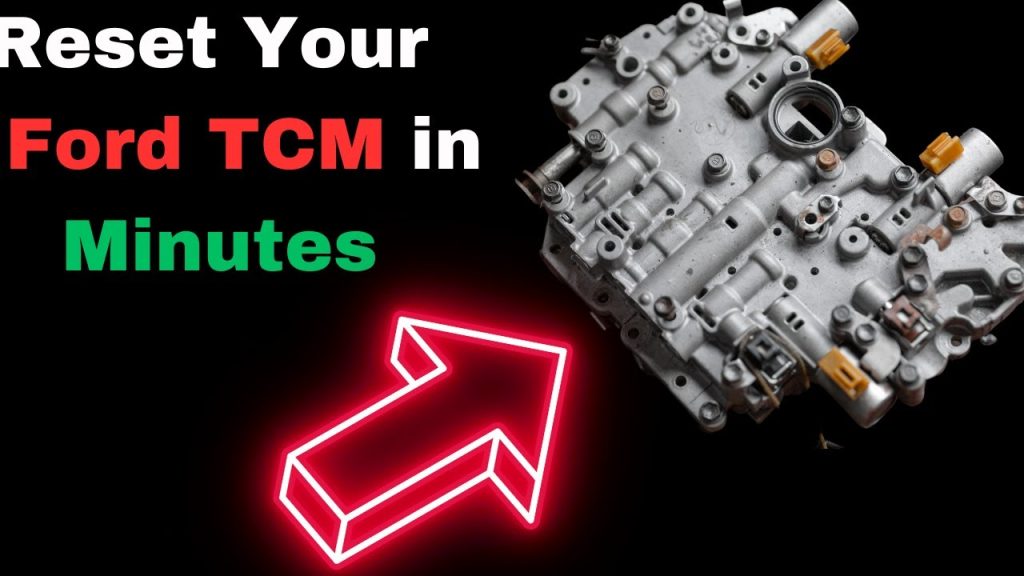
The TCM constantly monitors things like engine speed, vehicle speed, throttle position, and even how hard you’re pressing the gas pedal. Based on all this information, it decides the best time to shift gears. This helps your truck drive smoothly and efficiently.
This module doesn’t just follow a fixed program; it “learns” from your driving. It adapts to your specific habits, whether you’re a gentle driver or someone who likes a quicker acceleration. This is called “adaptive learning.”
On some F-150s, especially newer ones, the TCM is actually part of the larger Powertrain Control Module (PCM). The PCM controls both the engine and transmission. Regardless of where it lives, its job is crucial for how your truck shifts.
Why Would Your F-150 Need a TCM Reset?
Sometimes, the TCM’s “learned” information can get a little confused or outdated. This can happen for several reasons. Maybe you changed your driving style, or perhaps a new transmission part was installed.
If your F-150 starts having rough shifts, delays in shifting, or feels like it’s “hunting” for gears, a TCM reset might be a good idea. It can also help if you’ve recently replaced the transmission or done major engine work. The reset essentially wipes the TCM’s memory clean.
This allows the module to start fresh and relearn your current driving habits from scratch. It’s like giving your truck a chance to “forget” old habits and learn new, better ones. This often leads to smoother shifting and a more enjoyable driving experience.
For example, a new Ford F150 Powerboost might have “jittery takeoff and rough shifting,” which could be considered normal during the initial learning phase. A reset followed by proper re-learning can help smooth this out.
Can You Reset Your F-150’s TCM Yourself?
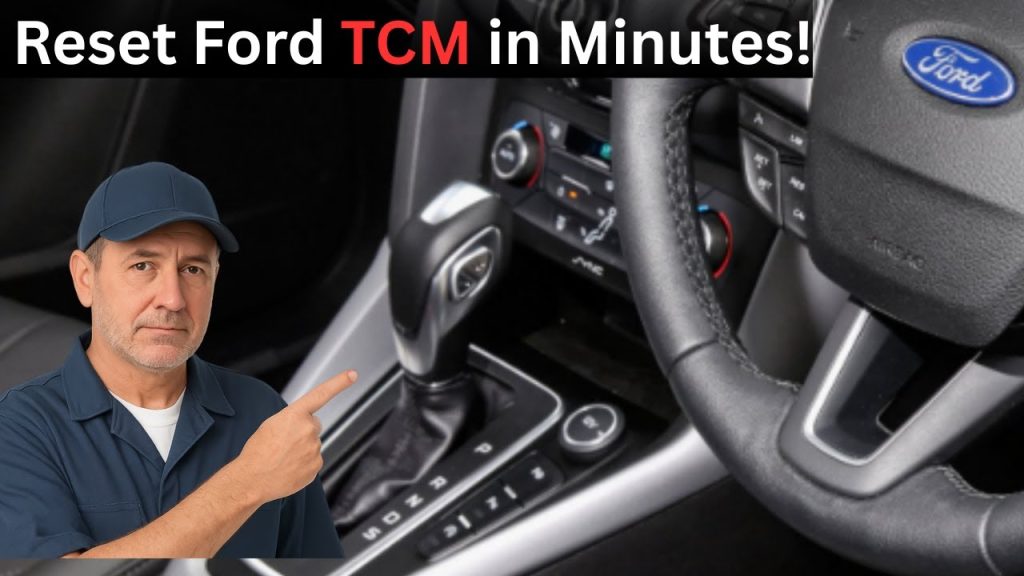
Good news! For many Ford F-150 models, you absolutely can reset the transmission’s software yourself without a trip to the dealer. This is a common question among F-150 owners. You won’t always need a fancy scan tool for a basic reset.
There are a couple of main ways folks usually tackle this at home. One involves a simple battery disconnect, which can clear some of the adaptive memory. The other, more thorough method, uses a special diagnostic tool like FORScan.
The specific steps can vary a bit depending on your F-150’s year and software version. However, the general idea is to get the TCM to erase its learned data. We’ll dive into these methods in more detail next.
Keep in mind that while a DIY reset is often successful, complex transmission issues might still require professional help. If you’re unsure, it’s always best to consult with an expert.
Methods to Reset Your F-150’s TCM
There are a few ways to give your F-150’s TCM a fresh start. Each method has its pros and cons, and some are more effective or thorough than others. Let’s look at the most common approaches.
The Simple Battery Disconnect Method
This is often the first thing people try because it’s so easy. Disconnecting your truck’s battery can sometimes clear the adaptive memory of the TCM, along with other modules. It’s like a hard reboot for your truck’s computers.
To do this, you’ll usually disconnect the negative battery terminal first. Then, some people recommend touching the disconnected negative cable to the positive cable (which is still connected to the battery) for about 15-30 seconds. This helps drain any residual power from the system, ensuring a full reset.
After a few minutes, reconnect the battery. While this method is simple, it doesn’t always perform a complete TCM adaptive learning reset. It might clear some temporary codes, but not all learned data.
This method also resets other things like your radio presets and clock, so be prepared to re-enter those. It’s a quick try, but for a full adaptive learning reset, you might need something more robust.
Using a Scan Tool or FORScan for a Deeper Reset

For a more complete and targeted reset, a diagnostic scan tool is the way to go. You don’t necessarily need a dealer-level tool; consumer-grade tools like FORScan are very popular among F-150 owners. FORScan is a software that works with a Bluetooth OBD2 adapter.
With FORScan, you can access your truck’s various modules, including the TCM. Under “service procedures” or similar menus, you’ll find an option to “reset adaptive transmission” or “reset transmission learning tables.” It’s very easy to do and usually takes only a few seconds.
This method specifically targets the adaptive learning data in the TCM. It tells the module to completely forget everything it has learned about your driving style. Many F-150 owners, including those with 2021+ models, have successfully used FORScan for this.
You’ll need a compatible OBD2 adapter (often Bluetooth-enabled) and the FORScan Lite app for your phone or the full FORScan software for a laptop. This allows you to perform a professional-level reset right in your driveway.
Dealer-Level Reset (When to Consider It)
While FORScan is powerful, sometimes a dealer’s specialized diagnostic equipment might be necessary. This is especially true for very complex transmission problems or if you’re dealing with a specific model year that has unique software.
Dealers have access to Ford’s proprietary diagnostic tools that can perform very specific updates or resets. If you’ve tried the DIY methods and still have issues, or if you’re uncomfortable with the process, a visit to the dealership is a good next step.
They can also check for any underlying sensor-related transmission error codes that might be causing problems. Sometimes, a reset alone won’t fix an issue if there’s a faulty component.
The Adaptive Learning Drive Cycle: What Happens Next?
After you reset your F-150’s TCM, its memory is blank. It needs to “relearn” how to shift properly based on your driving. This process is called the “adaptive learning drive cycle.” It’s a crucial step to ensure your transmission performs its best.
What is Adaptive Learning?
Your F-150’s transmission is designed to adapt to how you drive. It takes into account factors like your acceleration habits, braking patterns, and the types of roads you drive on. This adaptive learning helps provide smooth, timely shifts specific to your style.
When you reset the TCM, you wipe out all that learned data. The transmission will then start from a basic calibration. As you drive, it will begin to collect new data and fine-tune its shifting strategies again.
Performing the Drive Cycle
Ford recommends performing the adaptive learning drive cycle on a level road surface. This cycle involves driving under various conditions to help the TCM gather comprehensive data. It’s not just a quick drive around the block.
You’ll need to drive in a mix of city and highway conditions. This includes light acceleration, hard acceleration, steady cruising at different speeds, and stop-and-go traffic. The goal is to expose the transmission to a wide range of operating scenarios.
For example, you might accelerate gently from a stop, then accelerate more firmly, cruise at 30 mph, then 60 mph. Varying your throttle input and speed helps the TCM learn how you typically operate the vehicle.
How Long Does Relearning Take?

This is a common question! The full relearning process after a TCM reset can take some time. It’s not instant. Many drivers report that it can take anywhere from a few hundred miles to even a thousand miles for the transmission to fully adapt.
During this period, you might notice some shifts that feel a bit off or less smooth than usual. This is normal as the TCM gathers data and refines its programming. Be patient and continue to drive normally.
The more varied your driving conditions are, the faster the TCM will collect the necessary data. Don’t worry if your transmission doesn’t feel perfect immediately after the reset; it’s still learning.
What to Expect After a TCM Reset
After you’ve reset your F-150’s TCM and started the adaptive learning process, you might notice a few things. It’s important to understand what’s normal and what might indicate a lingering issue.
Initial Shifting Behavior
Right after the reset, your transmission might feel a bit “different.” Shifts could be slightly firmer, softer, or less predictable than before. This is because the TCM is operating on its base factory settings and hasn’t learned your specific driving style yet.
You might also notice some minor delays or hesitations in shifting, especially during the first few drives. This is all part of the relearning process. Think of it like a new driver learning to drive stick shift – it takes practice to get smooth.
Improvements Over Time
As you continue to drive your F-150 through various conditions, the TCM will start to gather data. You should gradually feel the shifts becoming smoother, more consistent, and better matched to your driving habits. This is the adaptive learning doing its job.
Many F-150 owners find that a proper TCM reset can significantly improve rough shifting, jittery takeoffs, or other transmission annoyances. It’s often a great way to “tune up” your transmission’s brain.
When to Be Concerned
While some initial quirks are normal, persistent or worsening problems are not. If your transmission continues to shift harshly, slips, makes strange noises, or throws a “check engine” light after several hundred miles of driving, there might be a deeper issue.
A TCM reset can only fix problems related to the module’s learned memory. It won’t fix mechanical failures, faulty sensors, or worn-out components. In such cases, the reset might reveal an underlying problem that was previously masked.
Understanding Your F-150’s Transmission
Ford F-150 trucks come with various transmission types, and while the general idea of a TCM reset is similar, some specifics can differ. Knowing a little about your truck’s transmission can be helpful.
The 10-Speed Automatic
Many newer F-150s, especially from 2017 onwards, feature the advanced 10-speed automatic transmission. This transmission is known for its wide gear ratio spread and efficient operation. Its TCM is highly sophisticated.
Resetting the 10-speed’s adaptive learning is very easy using FORScan, as it’s typically found under “service procedures.” It takes only a few seconds to clear the adaptive tables.
Owners of 2021+ F-150s, including Powerboost and Lightning models, can also perform these resets. The TCM is a core part of how these modern trucks manage their power.
Diesel Engines and Their TCMs
F-150s equipped with diesel engines also use a TCM, and the adaptive learning process is similar. However, the specific calibrations and parameters might be different due to the unique characteristics of diesel power plants.
Regardless of the engine type, the principle remains: the TCM learns, and a reset allows it to relearn for optimal performance.
Other Ford Models
It’s worth noting that the process of resetting a TCM applies to many popular Ford models beyond the F-150. This includes vehicles like the Ford Focus, Fiesta, Ranger, Ecosport, Explorer, and Escape. The general steps are often quite similar, though specific menu options in scan tools might vary.

When to Seek Professional Help
While many TCM reset procedures are DIY-friendly, there are times when it’s best to call in the experts. Knowing when to get professional help can save you time, money, and further headaches.
Persistent Issues After Reset
If you’ve performed a TCM reset and gone through the adaptive learning drive cycle, but your F-150’s shifting problems persist, it’s a sign that something more serious might be going on. A reset won’t fix mechanical wear or component failures.
Symptoms like consistent slipping, grinding noises, fluid leaks, or a transmission that won’t engage gears usually point to a hardware problem. These require a mechanic’s expertise.
Diagnostic Trouble Codes (DTCs)
If your “check engine” light or a specific transmission warning light comes on and stays on, it means your F-150’s computer has detected a fault. While a basic OBD2 scanner can read these codes, a professional can interpret them correctly.
They can diagnose the root cause, which might be a faulty sensor, a wiring issue, or an internal transmission problem. A TCM reset won’t clear a hard fault that keeps reappearing.
TCM Replacement or Reprogramming
In some rare cases, the TCM itself might be faulty and need replacement. This is a job for a professional, as a new TCM often requires specific programming and calibration to match your vehicle.
Similarly, if your F-150 needs a software update for its transmission (a “flash”), a dealer or specialized shop will have the tools and latest software versions to perform this. This is different from a simple adaptive learning reset.
Lack of Confidence or Tools
If you’re simply not comfortable performing a DIY reset, or if you don’t have access to a tool like FORScan, don’t hesitate to take your truck to a trusted mechanic or Ford dealership. They have the right equipment and knowledge to do it correctly.
It’s always better to be safe than sorry, especially when dealing with such a critical component as your transmission.
FAQ
Why do F-150s sometimes have shifting problems after a TCM reset?
After a TCM reset, the module has no learned data, so it starts with basic programming. This can lead to temporary rough or inconsistent shifting as it begins the adaptive learning process from scratch. It’s like a new driver learning to shift.
How long does it take for the F-150’s transmission to relearn after a reset?
The full relearning process can take a while. It usually requires several hundred miles, sometimes even up to a thousand miles, of varied driving conditions. Be patient as your TCM collects data and fine-tunes its shifting.
Can I use parts from different transmission models together in my F-150’s TCM?
Generally, it’s not recommended to mix and match transmission parts, especially valve bodies, from different models or years unless specifically advised by an expert. The TCM’s software is calibrated for specific hardware, and incompatible parts can cause serious issues. Changing the operating system (OS) in the TCM to match different hardware is a complex process typically done by specialists.
What’s the easiest way to reset my Ford F-150’s transmission control module?
The easiest method is often disconnecting the battery for about 15-30 minutes, ensuring residual power drains. For a more thorough reset of adaptive learning, using a FORScan tool with a compatible OBD2 adapter is a popular and effective DIY method.
Where is the TCM located on a Ford F-150?
On many newer Ford F-150 models, the TCM is integrated into the Powertrain Control Module (PCM), which is usually found under the hood, often near the firewall or fender. On some older models, it might be a separate module, sometimes located near the transmission itself or inside the cabin.
Will disconnecting the battery reset my F-150’s TCM?
Yes, disconnecting the battery can often reset some of the adaptive memory in your F-150’s TCM. However, it might not always perform a complete, deep reset of all adaptive learning tables. For a more thorough clean slate, a scan tool like FORScan is usually more effective.
Is a “jittery takeoff” or “rough shifting” normal for a new F-150 PowerBoost?
A new F-150 PowerBoost might exhibit some “jittery takeoff” or “rough shifting” initially as the transmission goes through its adaptive learning phase. This is often considered normal as the TCM learns your driving style. If it persists after several hundred miles, a TCM reset and proper relearn cycle might help.
What is FORScan, and how does it help with TCM resets?
FORScan is a software tool that allows you to access and modify various modules in Ford vehicles, including the TCM. It works with an OBD2 adapter and provides specific service procedures, such as “reset adaptive transmission,” to clear the TCM’s learning tables much more thoroughly than a simple battery disconnect.
Conclusion
Resetting your Ford F-150’s Transmission Control Module can be a powerful way to smooth out rough shifts and give your truck a fresh start. Whether you choose the simple battery disconnect or opt for the more comprehensive FORScan method, understanding the process is key to a successful outcome. Remember that the adaptive learning drive cycle is crucial after any reset, as your F-150’s transmission needs time and varied driving to relearn your habits.
If you’re experiencing unusual shifting, a TCM reset is a great first step to try. It’s a relatively easy DIY task that can significantly improve your driving experience. However, always listen to your truck. If problems persist after a proper reset and relearn, it’s time to consult a professional to diagnose any deeper mechanical or sensor issues.
